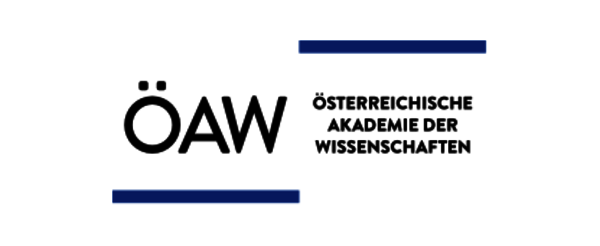Publications
EU regulatory policy needs to differentiate between transport fuels' GHG intensity, deliver low-carbon market signals
The European Union’s new Upstream Emission Reduction scheme encourages oil producers to reduce the GHG intensity of the fuels they supply. However, it is challenging to extend market incentives to take into account the underlying greenhouse gas footprints across all stages of extraction and production. The EASAC report on taking into account the greenhouse gas footprints of different crude oil feedstocks for transport fuels thus provides some guidance on what should be considered in future regulatory policy. Its conclusions include:
- Differentiating between feedstocks of different GHG intensity is necessary to properly account for global emissions from the EU transport sector. This differentiation also allows EU purchase decisions to deliver market signals to influence investment decisions and innovation priorities towards lower carbon sources of crude oil.
- Allocating responsibility for accounting for emissions between oil users and producers remains a contentious political issue. The transparency of reporting on the GHG emissions of different sources of oil is important for decision-making nonetheless.
- The lack of reliable information from feedstock producers remains the major limitation when applying climate-based policy measures to transport fuels: operators in many regions of the world are not subject to formal data publication requirements.
There has been much debate in recent years over proposals to differentiate between crude oils of very different greenhouse gas (GHG) footprints when used as feedstocks for transport fuels (petrol and diesel). In particular, European Commission proposals from 2012-2014 to label fuels derived from oil sands bitumen as emitting more GHG than conventional crudes were not included in the 2015 amendments to the Fuel Quality Directive. The underlying issue of whether they do emit more GHG does however remain, and EASAC thus conducted a review of the underlying science.
EASAC’s report supports the logic of initial Commission’s proposals that (on average) different types of feedstock are associated with different levels of GHG emissions due to the energy intensity of their extraction and processing. In 2011, the Commission had commissioned a review which concluded that fuel derived from ‘average’ oil sands crude had a higher (23%) greenhouse gas footprint than if derived from an ‘average’ conventional crude oil. EASAC finds that the most recent life cycle assessments support these earlier figures but still do not account for some aspects of the oil sands process life cycle.
At the same time, recent data have shown the degree of variability within each type of conventional or ‘unconventional’ oil, suggesting that the simple approach of differentiating on the basis of average or default values for each category cannot be scientifically justified. The scale of this problem is significant. For instance, the GHG emissions associated with extracting North Sea oil are less than one fifth of those required for separating ‘unconventional’ oils from oil sands (or shale). Moreover, there are ‘conventional’ crude oils which generate similarly high GHG emissions during their extraction- such as gassy, heavy, watery, and depleted oils, or those with high levels of venting and flaring.
Notes for Editors
In its efforts to identify ways of reducing the GHG intensity of transport fuels by 6% (Directive 2009/30/EC), the European Commission proposed to assess life cycle emissions of different fuels to ensure that fossil fuels feedstocks contributed their fair share to the EU’s climate change mitigation efforts. One option was to differentiate between fuels derived from different sources of crude oils and the Commission’s proposed ‘default values’ assigned to the categories of ‘conventional’, ‘natural bitumen’ (oil or tar sands) ‘shale oils’, and others. However, the Commission withdrew this part of its proposal in late 2014, so there is currently no competitive disadvantage to importing and using high GHG intensity feedstocks in EU transport fuels.
This decision was criticized in the European Parliament which, in a plenary vote on 17 December 2014, saw 337 MEPs vote against the revised Fuel Quality Directive; more than the 325 in favour, lacking the qualified majority necessary to reject it (see http://www.euractiv.com/topics/fuel-quality-directive/ for more background). While currently the Commission has expressed no intention to revisit this issue, EASAC considered that market signals in favour of low carbon feedstocks remain an option to influence future investment and innovation priorities, and thus decided to update the underlying science to support future analysis of policy options.
EASAC’s report on “Greenhouse gas footprints of different oil feedstocks” released on 13 April 2016 is available here.
EASAC is formed by the national science academies of the EU Member States, Norway and Switzerland, to collaborate in giving advice to European policy-makers. EASAC provides a means for the collective voice of European science to be heard. Through EASAC, the academies work together to provide independent, expert, evidence-based advice about the scientific aspects of European policies to those who make or influence policy within the European institutions.
Press contact:
Dr Mike Norton,
EASAC Environment Programme Director
Ph: +44-1763-853130
michael.norton@easac.eu





























